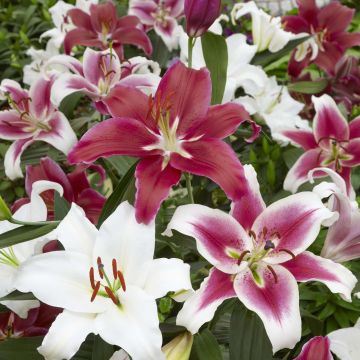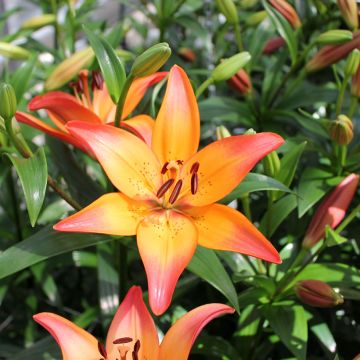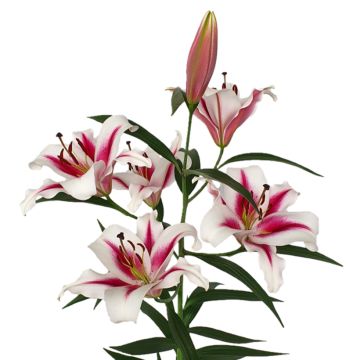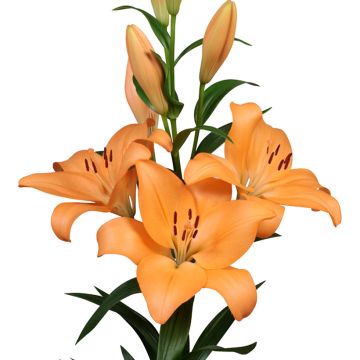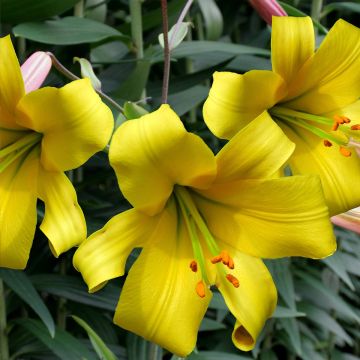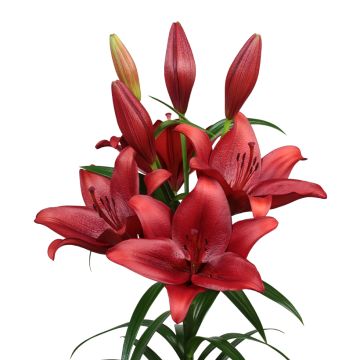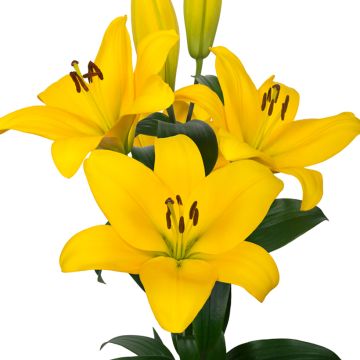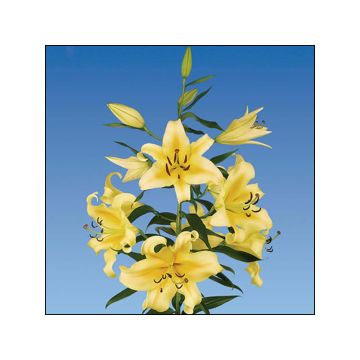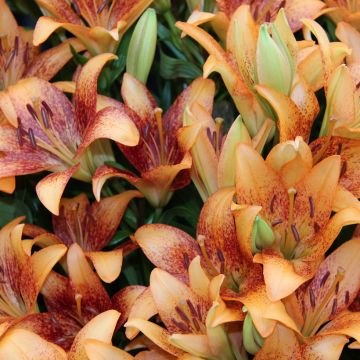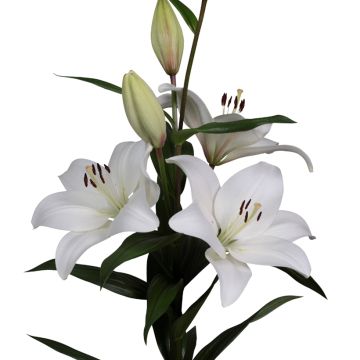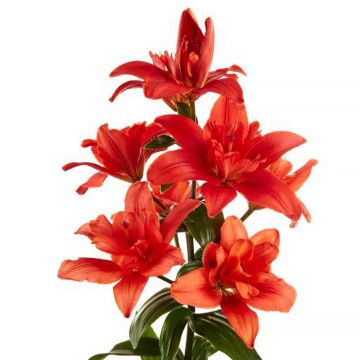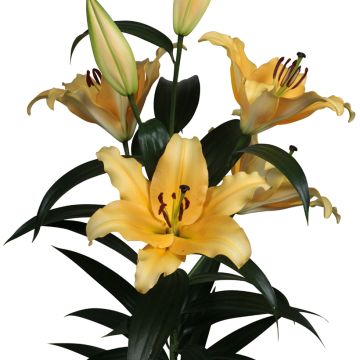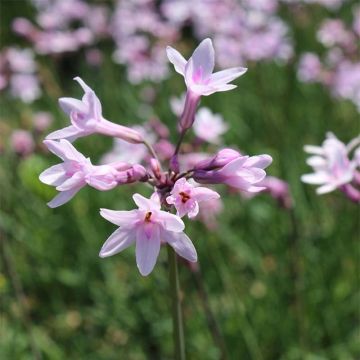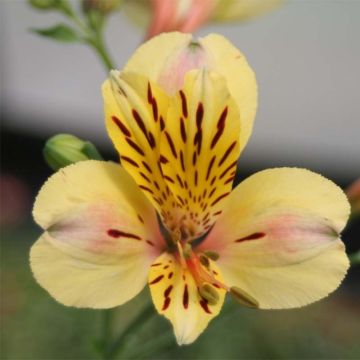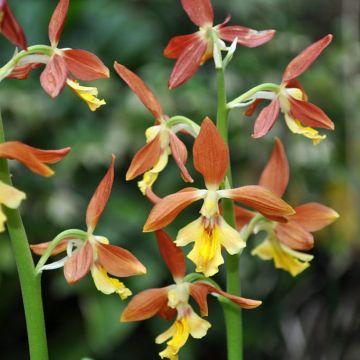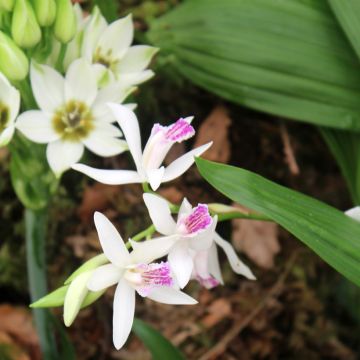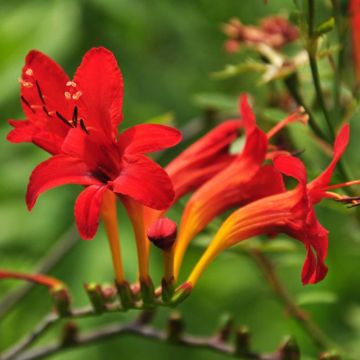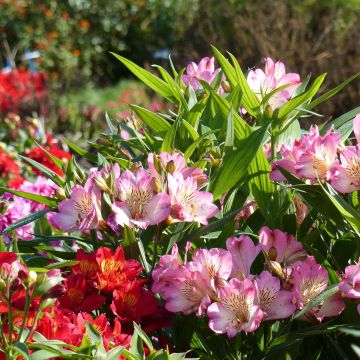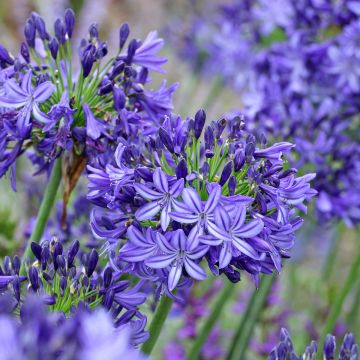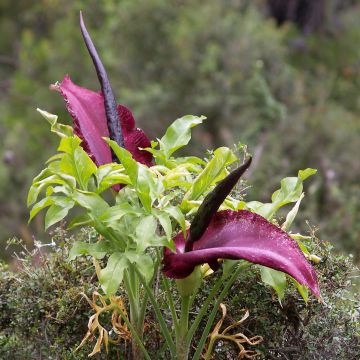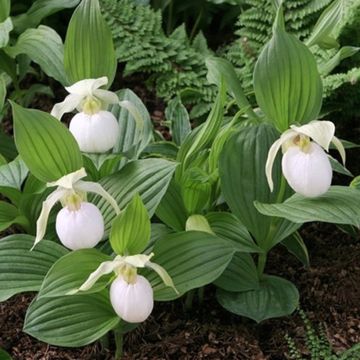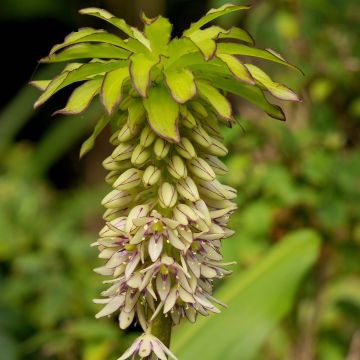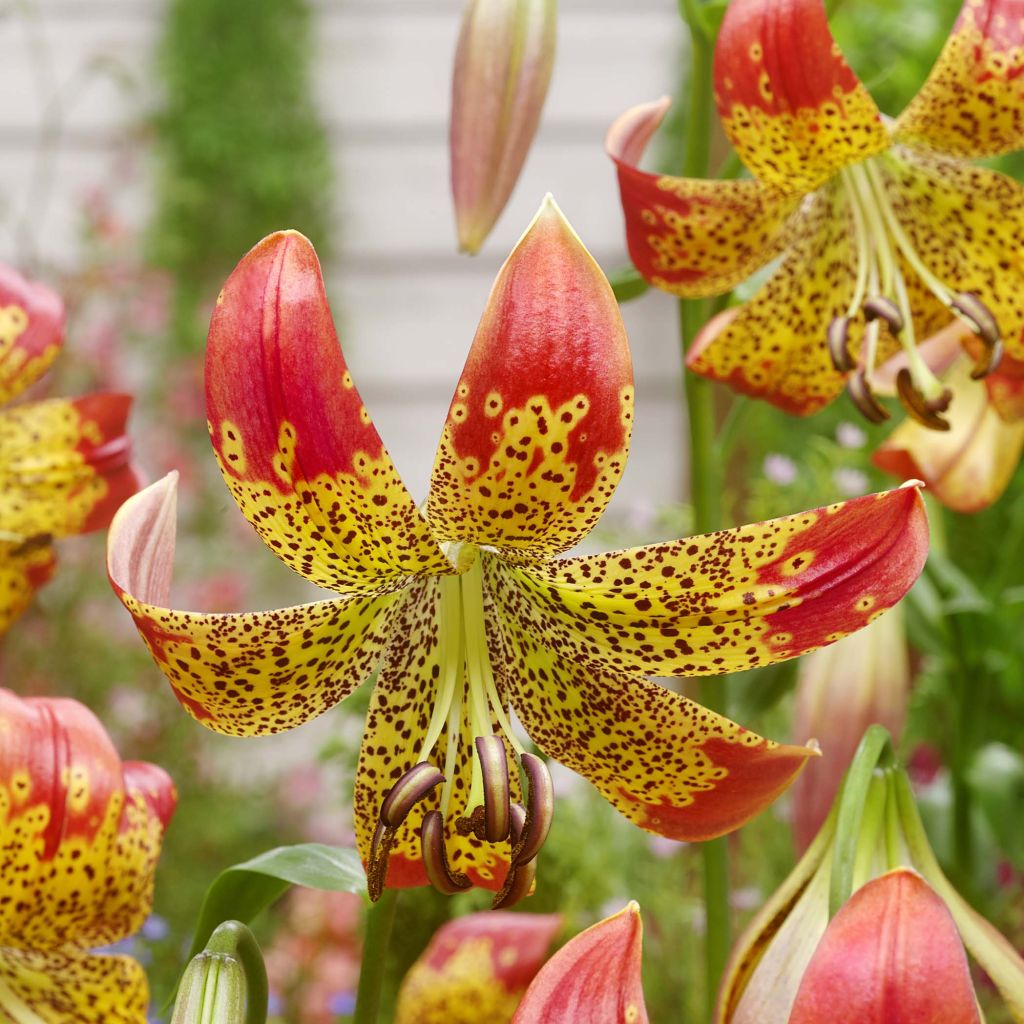

Lis hybride Fusion - Lilium (x) pardalinum
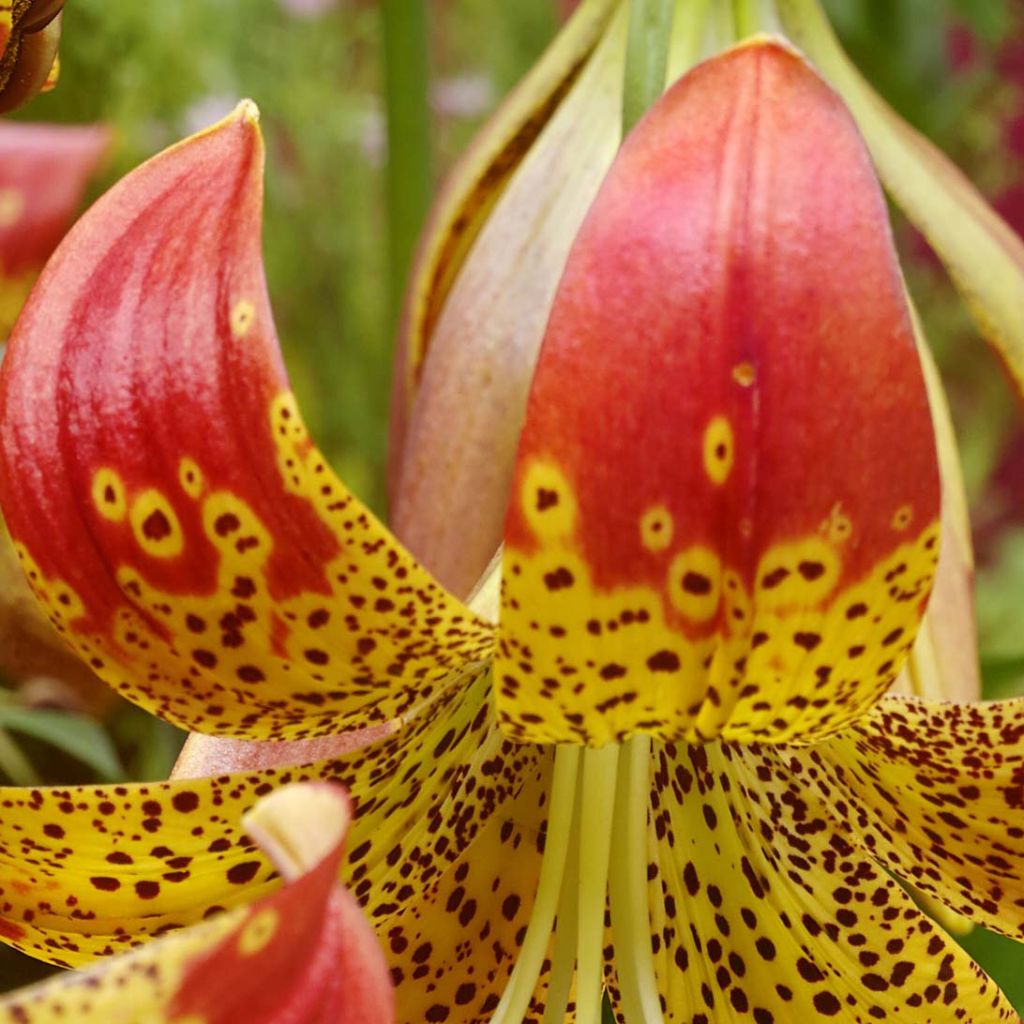

Lis hybride Fusion - Lilium (x) pardalinum
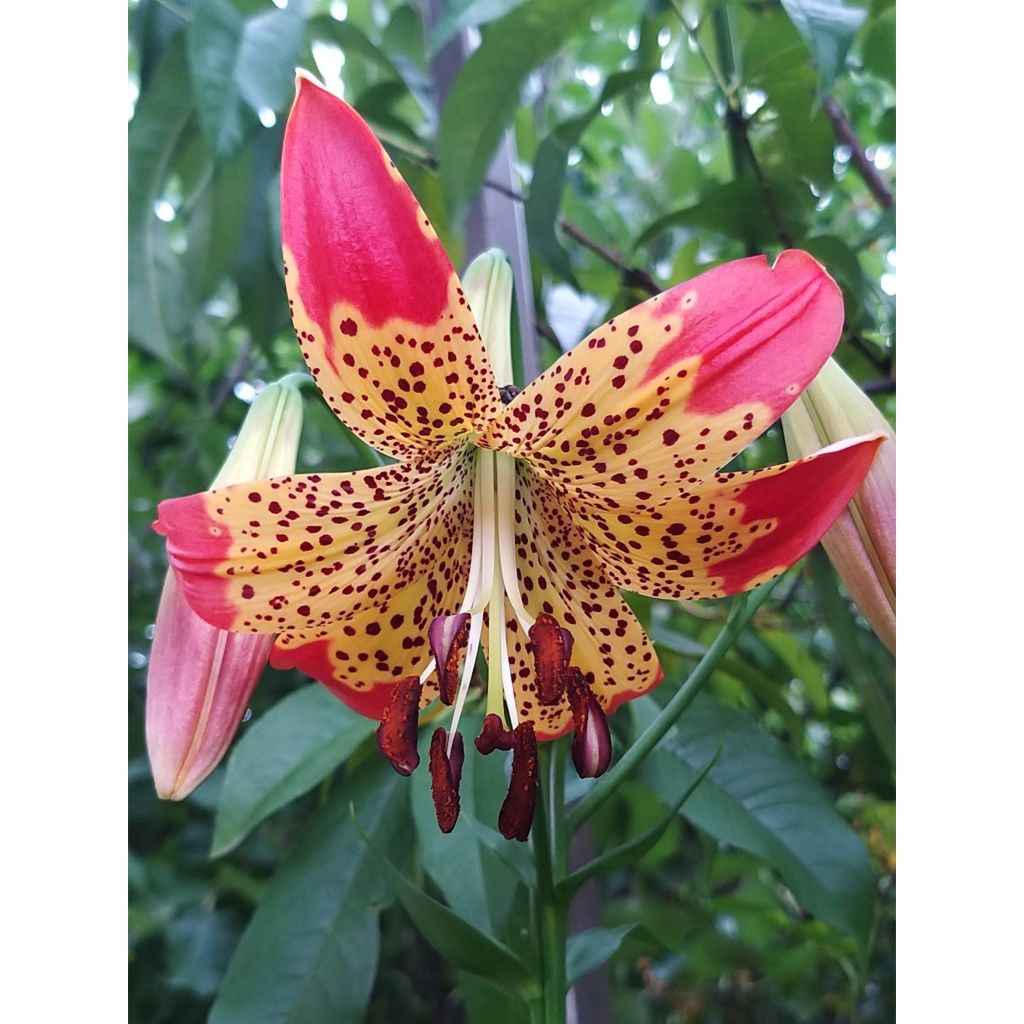

Lilium Fusion
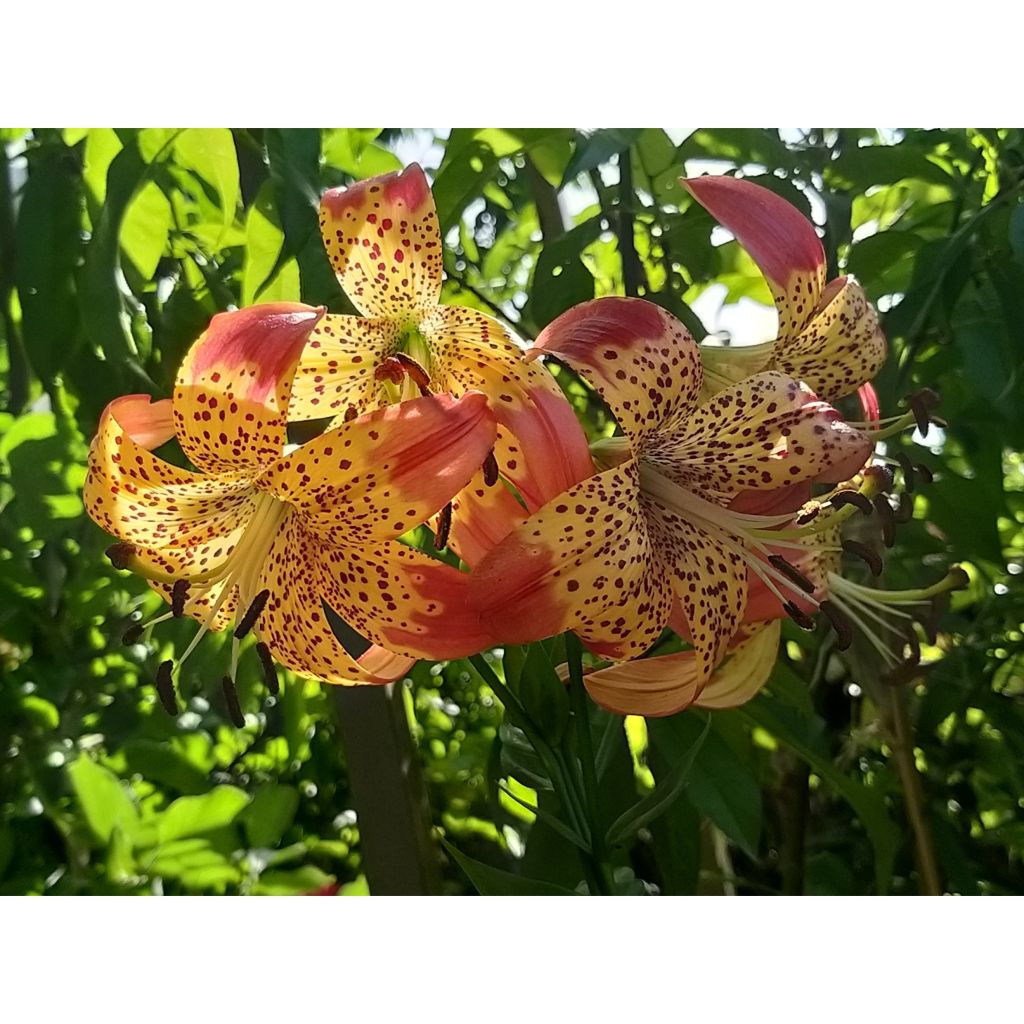

Lilium Fusion
Lilium Fusion
Lilium longiflorum x pardalinum Fusion
Leopard Lily
Very good bulb quality, very careful packaging, the presence of a label with cultivation instructions on the packaging is a bonus.
basile, 19/04/2020
Why not try an alternative variety in stock?
View all →This plant carries a 6 months recovery warranty
More information
We guarantee the quality of our plants for a full growing cycle, and will replace at our expense any plant that fails to recover under normal climatic and planting conditions.
From €5.90 for pickup delivery and €6.90 for home delivery
Express home delivery from €8.90.

Does this plant fit my garden?
Set up your Plantfit profile →
Description
Lilium Fusion is an astonishing hybrid lily that displays a fusion between Japan and California. This brand-new creation is the unlikely result of cross-breeding between the American Leopard Lily and the Japanese Lilium longiflorum, a species widely used in hybridization. The result exceeds expectations, it is a vigorous plant with long leaves and gracefully curved, bicoloured flowers in summer, yellow speckled with brown and dark coral pink. They are well-spaced on the flower stalk and carried almost horizontally to be admired more easily. It is a beautiful collector's plant to discover without delay.
Lilium Fusion, introduced to the market in 2015, is a very recent American horticultural hybrid, still surrounded by mystery. It combines the qualities of its two parents: Lilium pardalinum has bequeathed it its flowers with curved petals, but those of Fusion are larger, up to 14 cm (6in) in diameter, and more colourful: the wide centre of the flower is yellow, densely speckled and spotted with reddish-brown, while a beautiful brick pink to deep coral pink hue dominates the edge, with a satin finish. The influence of Lilium longiflorum is revealed by the foliage, composed of long, elegant leaves of a shiny dark green, arranged in whorls and sometimes almost spiralled. Although there is still a lack of evidence about this brand new plant, it is expected to reach 90cm (35in) to 1m (3ft) high in the first year, and probably much more once established. The flower stalks are sturdy and generally do not require staking. The flowering period is between June and July, with each stem bearing 7 to 10 flowers in a crown. The flowers are slightly trailing, and well distributed towards the top of the flower stalks. According to the plant's genealogy, it should also be fragrant.
The leopard lily and its varieties, as well as martagon-type lilies, are a classic choice for old-fashioned gardens. They are perfect for woodland borders, well-drained slopes, and slightly wild meadow areas. You can grow these lilies with perennial plants, grasses, or low-growing bushes as they like having shade at their base. They also thrive in moist rockeries and pots, and bring a very refined touch to bouquets. Please note, there is another "leopard lily," the Belamcanda chinensis, which belongs to the Iridaceae family, they should not be confused but they can both be grown and appreciated in the same garden. This beautiful variety will blend well with the blue umbels of agapanthus, ferns, delphiniums, and the foliage of green, purple, or bronze fennel.
Report an error about the product description
Lilium Fusion in pictures
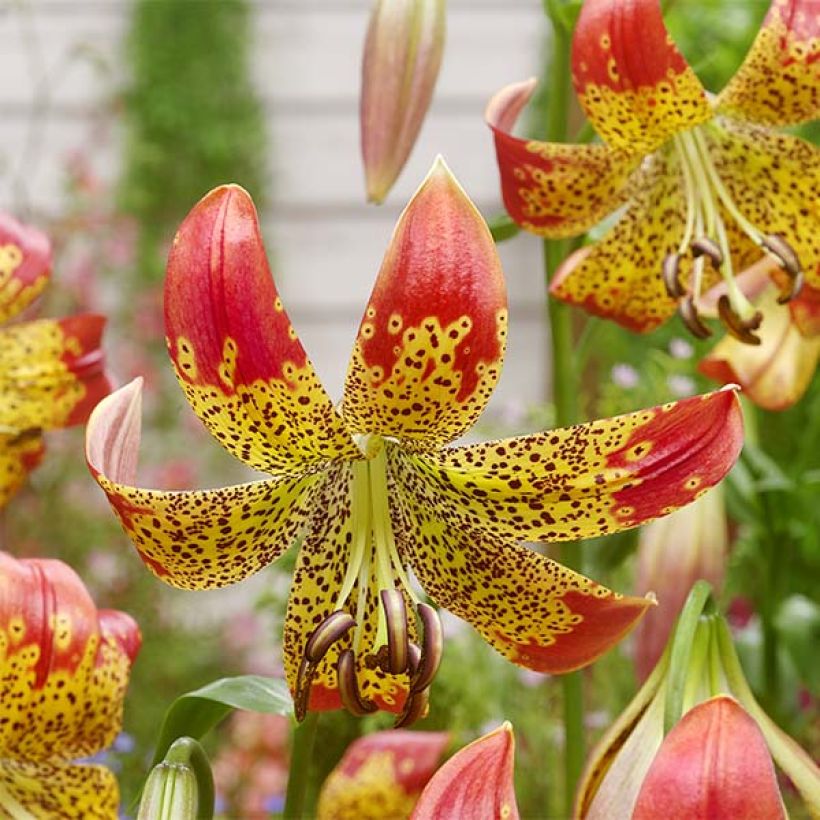

Plant habit
Flowering
Foliage
Botanical data
Lilium
longiflorum x pardalinum
Fusion
Liliaceae
Leopard Lily
Cultivar or hybrid
Other Lilies A to Z
Planting and care
Lilium Fusion needs moist soil before flowering, drier after flowering and in winter. It should be very well-drained, light, slightly acidic, neutral or even slightly alkaline. This lily is established quite easily in the garden, but it may take an additional season before flowering and the planting conditions must be right. The Fusion lily sulks when moved and needs time to settle. It must have good drainage, sandy and humus-rich soil will be suitable so that the bulbs are not in a substrate that is too wet during their dormant period after flowering. It is strongly advised not to use moisture-retaining compost for planting, but a supply of mature compost or leaf soil in autumn is desirable, as it is a hungry plant. You can plant it in full sun or partial shade, preferably in spring, with the bulbs 15 cm (6in) deep in a pocket of soil mixed with leaf soil and gravel. Surround them with a layer of sand that will protect them from rot and slug attacks while allowing them to grow more easily. Mark the planting location, as the vegetation only starts in April. If red lily beetles appear, treat them immediately as their larvae can devour all the leaves. The most effective method is to catch them manually but be careful as they drop as soon as they are touched. After flowering, it is a good idea to cut the faded flowers halfway to keep the bed beautiful during summer.
This variety easily multiplies by producing bulblets on the outer edge of the parent bulb.
Planting period
Intended location
Care
-
, onOrder confirmed
Reply from on Promesse de fleurs
Hardy summer bulbs
Haven't found what you were looking for?
Hardiness is the lowest winter temperature a plant can endure without suffering serious damage or even dying. However, hardiness is affected by location (a sheltered area, such as a patio), protection (winter cover) and soil type (hardiness is improved by well-drained soil).

Photo Sharing Terms & Conditions
In order to encourage gardeners to interact and share their experiences, Promesse de fleurs offers various media enabling content to be uploaded onto its Site - in particular via the ‘Photo sharing’ module.
The User agrees to refrain from:
- Posting any content that is illegal, prejudicial, insulting, racist, inciteful to hatred, revisionist, contrary to public decency, that infringes on privacy or on the privacy rights of third parties, in particular the publicity rights of persons and goods, intellectual property rights, or the right to privacy.
- Submitting content on behalf of a third party;
- Impersonate the identity of a third party and/or publish any personal information about a third party;
In general, the User undertakes to refrain from any unethical behaviour.
All Content (in particular text, comments, files, images, photos, videos, creative works, etc.), which may be subject to property or intellectual property rights, image or other private rights, shall remain the property of the User, subject to the limited rights granted by the terms of the licence granted by Promesse de fleurs as stated below. Users are at liberty to publish or not to publish such Content on the Site, notably via the ‘Photo Sharing’ facility, and accept that this Content shall be made public and freely accessible, notably on the Internet.
Users further acknowledge, undertake to have ,and guarantee that they hold all necessary rights and permissions to publish such material on the Site, in particular with regard to the legislation in force pertaining to any privacy, property, intellectual property, image, or contractual rights, or rights of any other nature. By publishing such Content on the Site, Users acknowledge accepting full liability as publishers of the Content within the meaning of the law, and grant Promesse de fleurs, free of charge, an inclusive, worldwide licence for the said Content for the entire duration of its publication, including all reproduction, representation, up/downloading, displaying, performing, transmission, and storage rights.
Users also grant permission for their name to be linked to the Content and accept that this link may not always be made available.
By engaging in posting material, Users consent to their Content becoming automatically accessible on the Internet, in particular on other sites and/or blogs and/or web pages of the Promesse de fleurs site, including in particular social pages and the Promesse de fleurs catalogue.
Users may secure the removal of entrusted content free of charge by issuing a simple request via our contact form.
The flowering period indicated on our website applies to countries and regions located in USDA zone 8 (France, the United Kingdom, Ireland, the Netherlands, etc.)
It will vary according to where you live:
- In zones 9 to 10 (Italy, Spain, Greece, etc.), flowering will occur about 2 to 4 weeks earlier.
- In zones 6 to 7 (Germany, Poland, Slovenia, and lower mountainous regions), flowering will be delayed by 2 to 3 weeks.
- In zone 5 (Central Europe, Scandinavia), blooming will be delayed by 3 to 5 weeks.
In temperate climates, pruning of spring-flowering shrubs (forsythia, spireas, etc.) should be done just after flowering.
Pruning of summer-flowering shrubs (Indian Lilac, Perovskia, etc.) can be done in winter or spring.
In cold regions as well as with frost-sensitive plants, avoid pruning too early when severe frosts may still occur.
The planting period indicated on our website applies to countries and regions located in USDA zone 8 (France, United Kingdom, Ireland, Netherlands).
It will vary according to where you live:
- In Mediterranean zones (Marseille, Madrid, Milan, etc.), autumn and winter are the best planting periods.
- In continental zones (Strasbourg, Munich, Vienna, etc.), delay planting by 2 to 3 weeks in spring and bring it forward by 2 to 4 weeks in autumn.
- In mountainous regions (the Alps, Pyrenees, Carpathians, etc.), it is best to plant in late spring (May-June) or late summer (August-September).
The harvesting period indicated on our website applies to countries and regions in USDA zone 8 (France, England, Ireland, the Netherlands).
In colder areas (Scandinavia, Poland, Austria...) fruit and vegetable harvests are likely to be delayed by 3-4 weeks.
In warmer areas (Italy, Spain, Greece, etc.), harvesting will probably take place earlier, depending on weather conditions.
The sowing periods indicated on our website apply to countries and regions within USDA Zone 8 (France, UK, Ireland, Netherlands).
In colder areas (Scandinavia, Poland, Austria...), delay any outdoor sowing by 3-4 weeks, or sow under glass.
In warmer climes (Italy, Spain, Greece, etc.), bring outdoor sowing forward by a few weeks.


































